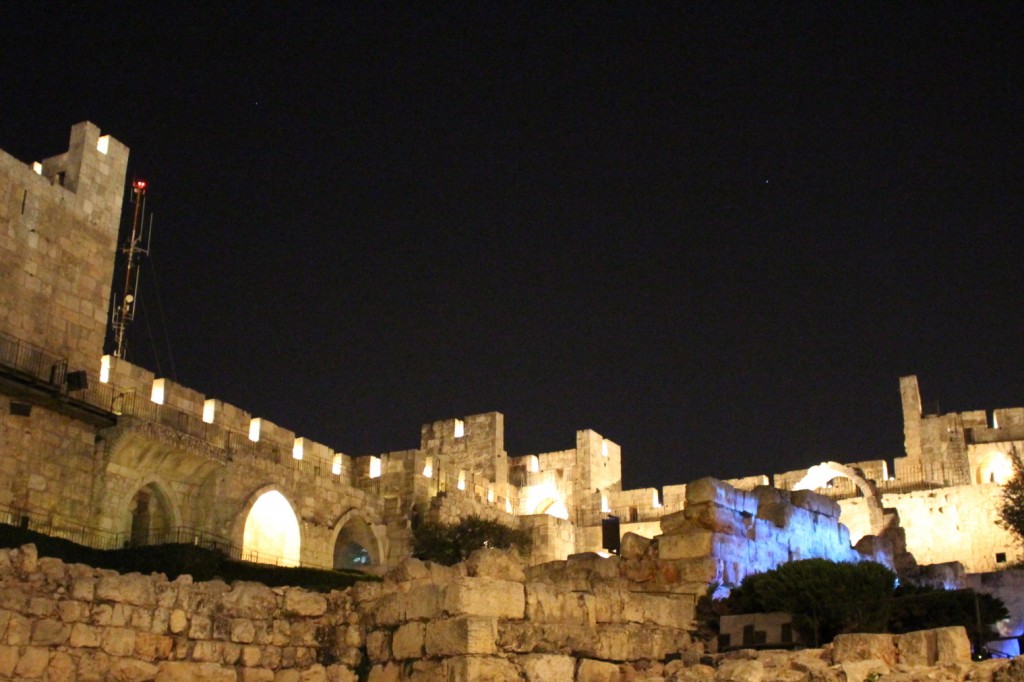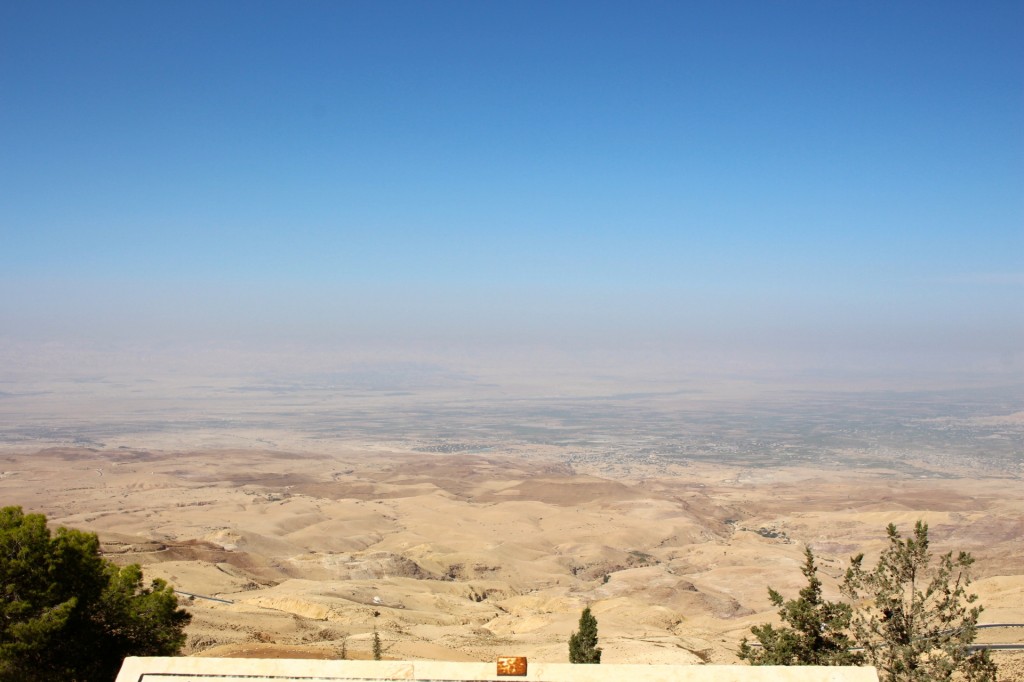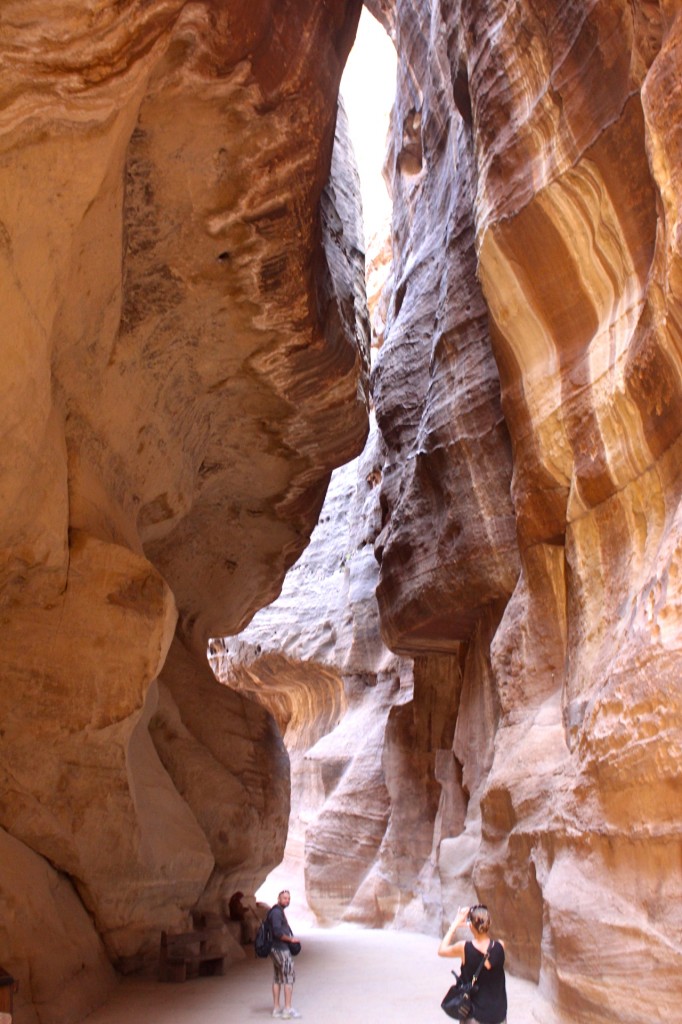The trip to Israel and Jordan was a wonderful one.
There are pictures of the Holy Land many places online, so I don’t want to put up a thousand more images of places of worship, monuments, ruins, and expanses of desert. But I do want to show some of the best photos from my trip so that you know where I went.
We began our trip in Israel. We stayed in Jerusalem but toured to many other places.

This is the winding path leading up to Masada, site of an ancient city and fortress. You can take the path up or you can travel like we did by cable car.

These are some of the ruins of Masada. And a lot of tourists.

The same day that we went to Masada, we visited the expansive Dead Sea. This is a photo of the Dead Sea taken from Masada.

And at the Dead Sea you can find the lowest bar in the world, which is 418 meters (that’s a lot!) below sea level.

This photo was taken from the Mount of Olives looking towards Jerusalem. You can see the New City in the background. The gold dome is the Dome of the Rock, a holy mosque for Muslims. It stands on the Temple Mount, the site of the second Temple of the ancient Israelis, the holiest site for Jews.

This is part of the wall of Jerusalem. It’s one of the gates to the Old City.

This is the dome of the Church of the Holy Sepulchre, believed by some Christian denominations to be the location of Christ’s crucifixion and burial.

This olive tree is located in the Garden of Gethsemane. The small plaque commemorates the visit of Pope Paul VI.

This is the Western Wall, also referred to as the Wailing Wall. It’s all that’s left of the second Jewish Temple.

I put my hand on the holiest of Jewish monuments.

This text is from the YMCA where Shelley’s conference was held. It’s written in three languages, promoting coexistence for which it was founded.

This is the Arab quarter of the market in the Old City.

On our last night in Jerusalem, we visited the Tower of David for the light show.

And then it was onto Jordan. These are some of the Roman ruins still standing in Jeshra.

Including an ancient Roman theatre.

This is a view of a reservoir in the Jordan River Valley.

On the floor of the Eastern Orthodox Church of St. George is this ancient mosaic map of the Holy Land.

There is a monument on Mt. Nebo memorializing Moses’s burial place. There is also a map looking towards Israel, which indicates all of the cities that you can see in the distance.

At least you could on a clear day.

This is a rock carving the desert at Wadi Rum that commemorates the alliance between Lawrence of Arabia and the Jordanian tribes.

Petra was the capital city of the Nabataeans with buildings that are carved out of the sides of the mountains, including well-appointed caves which were their residences. In order to get into the city, you have to travel one mile through this canyon which is as narrow as 12 feet in some locations.

Once you get through the canyon, though, you come upon the Treasury. It may look like a building, and it is. But it’s carved directly into the rock. This was a sophisticated culture.

This is a burial site at Petra. You can tell because of the staircase leading the souls to heaven.

After the Roman army conquered Petra, they carved a Roman theatre into the rock.

We finished off our trip by spending an evening and night with Bedouins in a desert camp.

These rock carvings were left behind by ancient peoples.

And these two ancient people got to go on a camel ride through the desert.
